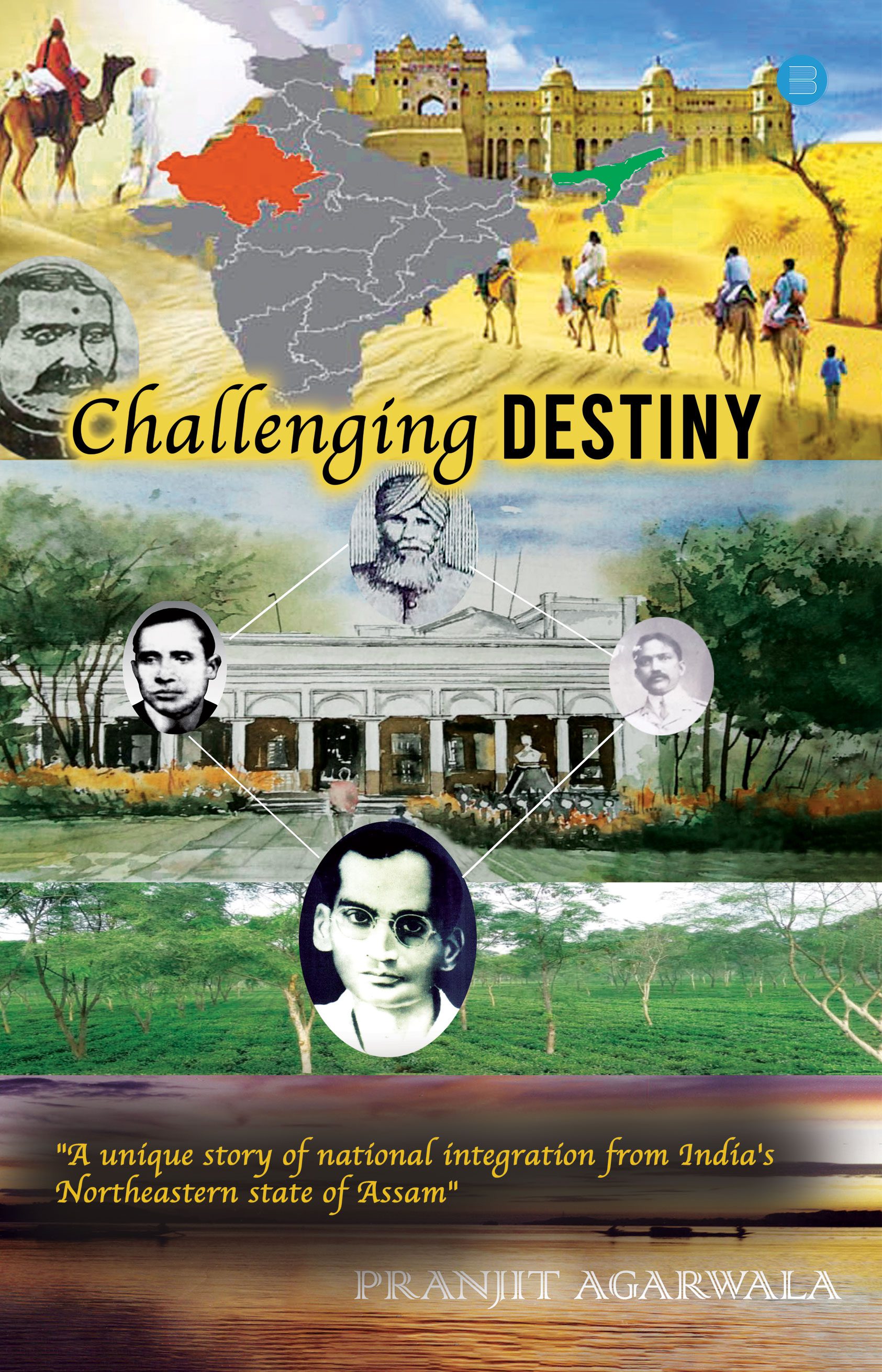Showing all 7 results




The story of the social novel ‘Dress Code’ focuses on the girls’ dress that embodies the body parts. Many Religious leaders, academics, officials and public representatives have also commented periodically on this subject and supported Indian dress. The story has been written on the basis of the statements of these intellectuals. To make it meaningful, reference has been drawn from Women’s College, where ‘dress code’ is applicable. For example jeans-tops, lipsticks, mobiles etc. are banned in such colleges. The reasoning behind the implementation of the ‘dress code’ by the Principal with HIV does not only make people think but it also sends a message to the society. The story of this 227-page novel revolves around a HIV-affected woman who is thrown away from her house. Sacrifice, love, revenge replete with series of events make for an exciting yet inspiration story . When the in-laws come to know about the truth about the woman, they only regret.


India is a country where there is unity in diversity. However is this really true? This book narrates a real life story of socio-communal integration which began in Assam during the British
era. With the passage of time it has become a unique example of national integration,patriotism and social service. “Challenging Destiny” is about the illustrious “Agarwala Family” of Assam. The family’s story is intertwined with the events that occurred in Assam during the British Raj. The dismissal of the last Ahom King, the opening up of tea gardens, discovery of oil and coal, the revival of the Assamese language and cultural identity, beginning of the freedom struggle, the effects of World War 2, partition and the independence of India. The story begins in 1827. A teenaged Navarangram Agarwala starts off on foot from Churu, Rajasthan, in northwest India to redeem a fortune. He walks across Northern India and finally reaches Assam in northeast India. In Assam he not only gains wealth but begins a process of socio-communal assimilation that spawns a lineage that integrates completely into the Assamese community. By 1947 Navarangram’s progeny by their deeds and contributions become the standard bearers of Assamese socio-cultural renaissance and a symbol of its identity. It is a story of national integration with few parallels in India proving that unity in diversity is not just a catchy slogan.










| There are no products |

